Medical experts and health organisations from around the world have expressed concern over what they say would be a ‘misclassification’ of ethanol as a reprotoxic substance when it appears in biocidal products such as hand gels. They say there is no scientific evidence for the reclassification, which would result in significant risks to public health and safety if vital disinfectants were unavailable.

The EU’s evaluation of ethanol’s use in products such as hand gels and disinfectants under the Biocidal Products Regulation (BPR) was assigned to Greek authorities back in 2007. In March, they submitted their draft report to the European Chemicals Agency (Echa) proposing that ethanol should be listed as a reprotoxic category 2 active substance (category 1 is the highest classification). This means it is a suspected human reproductive toxicant and follows some evidence of an adverse effect on sexual function and fertility, or on development. If ethanol was reclassified as a category 2, then biocides containing more than 3% would have to be labelled as reprotoxic. Effective hand-sanitising gels contain at least 60% alcohol.
Echa’s Biocidal Products Committee (BPC) is reviewing the report. Hanna-Kaisa Torkkeli, an Echa spokesperson, says it’s too early to predict the outcome, but expects an ‘opinion’ at the end of 2024 or, more likely, in 2025. The European Commission will make a final recommendation based on the BPC’s opinion.
Difference of opinion
Conflicting opinions surrounding the classification of ethanol in biocides have led to significant delays in its evaluation. Health and medical professionals are now arguing that decisions should be rooted in science and public health, not misguided regulatory interpretations. The authors claim the Greek proposal is based on data on pregnant women drinking alcohol. But if ethanol-based hand rubs are used properly, exposure to ethanol would only occur through the skin or inhalation. They point to studies showing that absorption through the skin is up to 10 times lower than oral intake of drinks containing hidden ethanol like kefir.
‘When you use an ethanol-based hand rub to sanitise your hands, you are not exposing yourself to any more risk than when you drink apple juice or kefir,’ says Axel Kramer, past president of the German Society of General and Hospital Hygiene, and co-author of the article. ‘The absorption of ethanol through the skin during normal use poses no health risks.’
The article stresses that ethanol is essential in infection control as a disinfectant. Its rapid action, broad-spectrum antimicrobial properties and minimal skin irritation make it ideal for hand sanitisers, which are critical for preventing the spread of pathogens. If ethanol were reclassified, it would mean that the only active ingredient in hand antiseptics effective against non-enveloped viruses such as norovirus, enteroviruses and adenoviruses, would no longer be available.
‘Ethanol is indispensable in preventing hospital-acquired infections, which lead to more than 90,000 deaths in Europe every year,’ says Kramer. ‘Limiting the use of ethanol-based hand rubs by our healthcare professionals before touching patients or handling equipment will only result in this number increasing.’ Ethanol-based hand rubs are also routinely used by staff in food processing facilities to prevent viral contamination.
‘Undesirable substitutes’
The authors warn that if ethanol is reclassified, then health authorities would be forced to curtail its use and find ‘undesirable substitutes’. Extensive data exists for ethanol but there is little data available for alternatives like propanol.
However, Mel Cooke, a chemicals consultant with Alchemy Compliance, notes that ethanol does meet the criteria for category 2 reprotoxic substances. ‘Ethanol-based hand rubs are a mixture containing high concentrations of ethanol, so should be classified,’ he says. ‘One might appeal to the authorities on reasons of practicality and expediency not to classify, but appeals to science, public health and attacks on misguided regulatory interpretations are misunderstanding the classification process.’
The problem is that the classification system is a crude instrument, he adds. ‘Usually, classification is based on animal experiments at high doses that might be unrealistic in real life. The hazard classification is an intrinsic property of the chemical and does not reflect a ‘risk assessment’ of the way the chemical is used. Developmental effects from alcohol are seen in animal studies and humans. So, the effects are real and the classification is justified. [But] this causes problems with respect to marketing a specific biocidal product.’
While Cooke believes the Greek proposal is correct, he’s not sure whether it is ‘expedient’ to make it an official classification. ‘If it results in good products being removed from the shelves, then something in the legislation might need to change.’
Nadine Wieneke, a biocide regulatory expert at Knoell, a German consultancy, is also concerned that classifying ethanol in this way will create ‘a big risk’ for society. ‘Labelling all products containing more than 3% ethanol as a reprotoxic would have massive implications as to where and by whom a product could be used. All countries rely on cheap disinfectants for their health systems and reclassification would have big impacts on cost and could clash with local regulations. It’s a conundrum.’
She believes that the only way round is for EU regulators to introduce an exemption and consider risk when labelling. ‘They must be careful not to open the door to other more dangerous substances.’
References
A Kramer et al, GMS Hyg. Infect. Control, 2024, DOI: 10.3205/dgkh000495



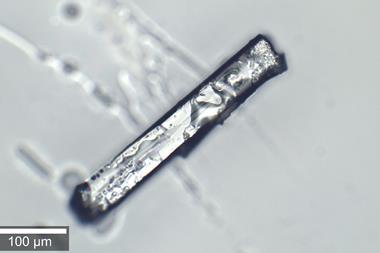
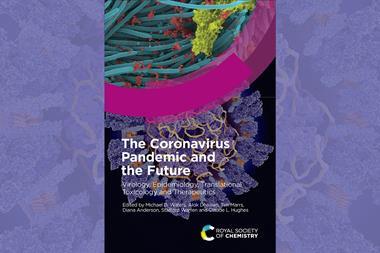

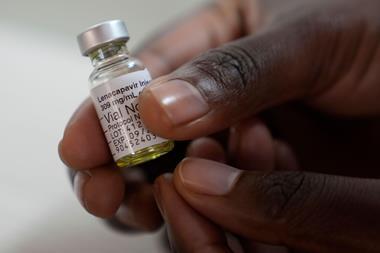

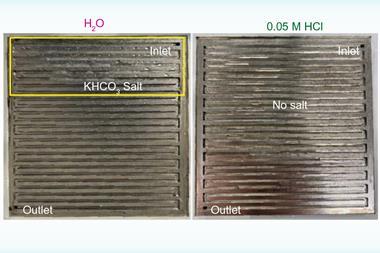

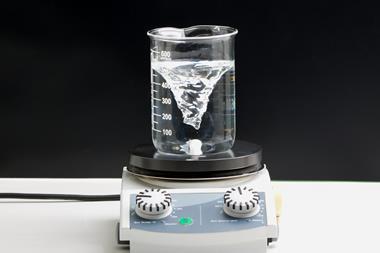
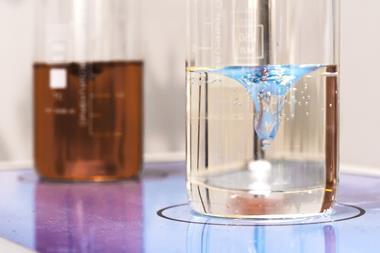
No comments yet